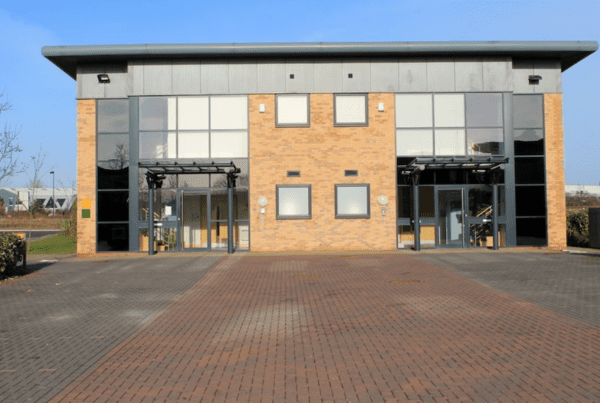
Reducing liability and ensuring safety are top priorities in any bar or restaurant, and it’s important to be able to communicate between shifts in order to facilitate these goals. A bar log can help.
A bar log is a daily report you can use to document information like overserved guests, injuries, falls, harassment, etc. It’s useful for shift changeover information and to keep managers informed. It also helps monitor troublesome customers and assists with legal disputes when it’s your word against theirs. Even with a security surveillance system, a bar log can provide helpful situational details that the video might miss.
A bar log example
Let’s say your bar and grill attracts a sizeable after-work crowd. Patrons mingle between the eating area and the gaming room. One night, a guest gets intoxicated, and you refuse to serve them. You offer them nonalcoholic alternatives and a complimentary appetizer, but they refuse and go back to their group of friends. You record this in the bar log.
Later, you notice another person in the group giving the overserved guest a drink, and you suspect others may be doing the same. You record this in the bar log and make a mental note to cut those people off, too. You try to keep an eye on the group, but the room is packed. An hour later, the group leaves.
Days later, your manager approaches you about a lawsuit. The patron claims you overserved them, which contributed to a car accident resulting in property damage and injury. You show your manager the bar log as proof you cut off the guest. Your manager matches up the time stamps with the security video.
As suspected, the video shows others giving their drinks to the overserved guest. You and your manager are able to reconstruct the events of the evening using the bar log entries and video. It’s a massive help in the lawsuit, not to mention a credit to your professionalism and perspective. The bar log entries created a tangible record of responsible service.
What should be in your bar log?
Stick to the facts
Think of the bar log as a legal document you would be OK to release to a judge or the public — because you might have to. It’s not a place for jokes, slurs or other horseplay that can reflect poorly on you and your establishment. Include things like:
- Date and time — Always log incidents as they happen. Don’t wait until later. It helps with memory and accurate reporting and links incidents with specific shifts. Staff can review the log before each shift change to get updated on the day’s events.
- People involved — Include the names of any staff, patrons or law enforcement officials involved in the incident. This helps keep the record straight for follow-ups and possible legal proceedings.
- Event details — Provide a brief but thorough account of what transpired. Stick to the facts without injecting personal opinion or judgment. For instance, “Patron X was refused service at 10:30 p.m. Visible signs of intoxication, incoherent speech/slurring, staggering and unsteady balance.”
- Action taken — Include the steps you took following the incident. This could include refusing service, arranging a safe ride for a patron, reporting to management or calling law enforcement. For example, “After refusing service to Patron X, I removed their car keys and called a ride service.” If your operation uses ride tokens or vouchers, provide that information also. Include how you handled the patron’s keys and vehicles left behind.
- Unusual occurrences — Not all incidents will involve patrons. Document unexpected events like faulty equipment and breakdowns, staff injuries or emergencies.
- Staff injury — If a staff member is injured on the job, you might need to complete a separate incident form. These forms are used for workers’ compensation reports. It’s important to keep a record of staff injuries that happen during work. If you don’t know about these forms, ask your manager.
Make it a habit to document any incidents of concern. If you’re unsure, err on the side of documentation. It doesn’t hurt to make a note and move on. You never know if that information will be necessary.
Be consistent
Something small that seems like a trivial event today might be part of a larger pattern apparent only in the future. Even if you have nothing to report, note it. An entry like “Quiet night, nothing worth noting” will lend credence to your establishment’s recordkeeping practices.
A bar log can legitimize your perspective and aid in investigations by authorities, even when it doesn’t involve negligence. It could be the thing that helps solve a crime or validate an alibi.
If you have questions, ask
Your manager should train you on using the bar log and other forms of documentation. Make sure you know where the log is located. If you don’t understand something, it’s OK to ask!
It’s not a spy tool
The bar log helps staff and management know what happened during each shift. It’s a journal of information that protects you, your coworkers, the establishment and the patrons. It’s your backup when you need proof of what happened.
Keep it secure
Treat the bar log as a sensitive document. Keep it secure and out of reach of customers and the public. When a logbook is filled, remove it and store it in a locked cabinet or another safe place. If you’re not sure where to store it, ask. Management will maintain a record of the logs and secure them. The logs might be subject to local data protection regulations.
You’re on the front lines
A bar log shows your commitment to responsible service. Consistent use can improve communication, identify problematic patterns and reduce liability for your establishment. Talk to management if you have any questions.




